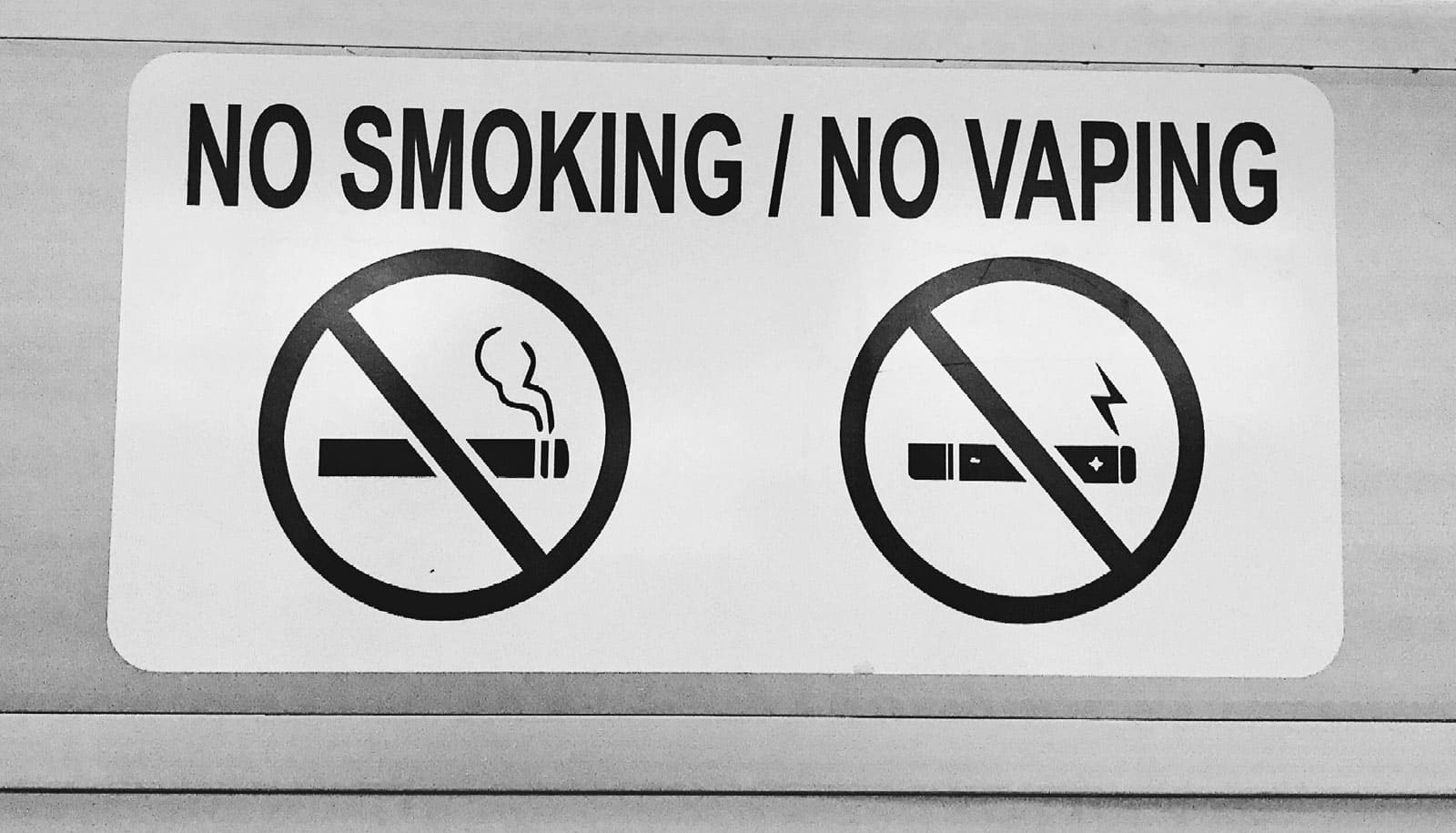Participants in a new study who used e-cigarettes in the past were 21% more likely to develop a respiratory disease, and people who currently used them had a 43% increased risk, researchers report.
Because using e-cigarettes or (“vaping”) has been marketed as a less harmful alternative to smoking traditional cigarettes, it has been difficult to tell whether the association between vaping and disease is just a matter of smokers switching to vaping when they start experiencing health issues.
Further, because e-cigarettes are relatively new to the scene, until recently it hasn’t been possible for researchers to conduct long-term studies tracking how vaping impacts health.
The new study is one of the first to look at vaping in a large number of otherwise healthy people over time, examining the effects of e-cigarette use independently from other tobacco product use. The findings appear in JAMA Network Open.
“This provides some of the very first longitudinal evidence on the harms associated with e-cigarette products,” says corresponding author Andrew Stokes, assistant professor of global health at Boston University’s School of Public Health.
Evidence of the health effects of vaping, from this and other studies, “highlights the importance of standardizing documentation of e-cigarette product use in electronic health records,” says coauthor Hasmeena Kathuria, a Pulmonary Center faculty member, as well as “pushing the [Centers for Disease Control and Prevention] to develop International Classification of Diseases codes for e-cigarette product use, so that [health care] providers can facilitate cessation discussions and identify adverse events related to e-cigarette use.”
“…we may see an increase in respiratory disease as youth and young adults age into midlife…”
Until now, most research on the respiratory health effects of vaping have used animal or cell models, or, in humans, only short-term clinical studies of acute conditions. For this study, researchers used data on 21,618 healthy adult participants from the first four waves (2013-2018) of the nationally representative Population Assessment of Tobacco and Health (PATH), the most comprehensive national survey of tobacco and e-cigarette use to date.
To make sure their findings weren’t accounting for cigarette smokers switching to e-cigarettes specifically because of existing health issues (rather than the vaping itself causing these issues), the researchers only included people in the study who reported having no respiratory issues when they entered PATH, adjusting for a comprehensive set of health conditions.
They also adjusted for whether participants had ever used other tobacco products (including cigarettes, cigars, hookah, snus, and dissolvable tobacco) and for marijuana use, as well as childhood and current secondhand smoking exposure. They repeated the analyses among subgroups of healthy respondents who had no self-reported chronic conditions, and whose self-rated overall health was good, great, or excellent.
Adjusting for all of these variables and for demographic factors, the researchers found, overall, that former e-cigarette use was associated with a 21% increase in the risk of respiratory disease, while current e-cigarette use was associated with a 43% increase.
More specifically, current e-cigarette use was associated with a 33% increase in chronic bronchitis risk, 69% increase in emphysema risk, 57% increase in chronic obstructive pulmonary disease (COPD) risk, and 31% increase in asthma risk.
“In recent years we have seen a dramatic increase in e-cigarette use among youth and young adults which threatens to reverse decades of hard-fought gains [against tobacco use],” Stokes says. “This new evidence also suggests that, [because of vaping], we may see an increase in respiratory disease as youth and young adults age into midlife, including asthma, COPD, and other respiratory conditions.”
The National Heart, Lung, and Blood Institute; the US Food and Drug Administration’s Center for Tobacco Products (CTP); and an American Lung Association Public Policy Research Award funded the work.
Source: Boston University



